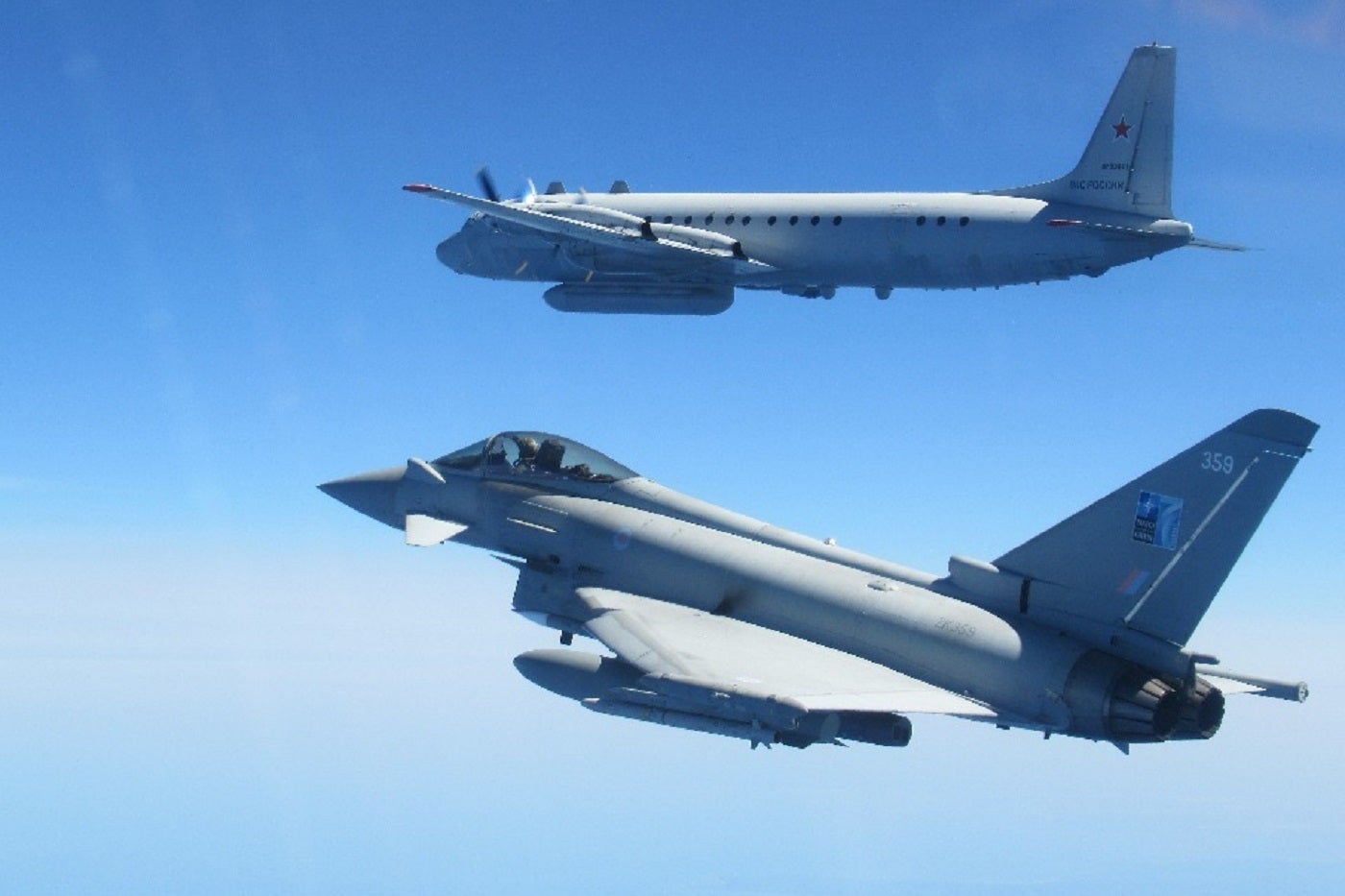
The Royal Air Force (RAF) has concluded its leadership of NATO’s Baltic air policing mission in Estonia, intercepting 50 Russian aircraft during the four-month deployment.
The mission, led by the UK’s 140 Expeditionary Air Wing (140 EAW), showcased the RAF’s dedication to safeguarding European airspace and reinforcing NATO’s collective defence. The deployment, named Operation Azotize, marked achievements, including the first-ever joint air intercept between NATO allies, and solidified the UK’s support for the Alliance’s security efforts.
Strong allies in the sky
Royal Air Force personnel have returned to the UK after a leadership tenure in NATO’s Baltic air policing mission, stationed at Ämari Air Base in Estonia, where they racked up more than 500 collective flight hours. The deployment was part of the Quick Reaction Alert (QRA) initiative, aimed at swiftly responding to Russian aircraft transiting near NATO airspace.
According to GlobalData’s “Estonia Defense Market 2022-2027” report, Estonia’s presence on the Eastern edge of Europe and its proximity to Ukraine makes it acutely aware of the threat from Russia. The country strongly supports NATO, and the population has expressed support for internal preparedness for potential conflict.
Deploying Typhoon fighter jets from IX(Bomber) and 1(Fighter) Squadron stationed at RAF Lossiemouth, the RAF pilots conducted joint operations alongside the German Air Force at the mission’s inception. This collaboration saw British and German Typhoons shadowing a Russian air-to-air refuelling aircraft and a transport aircraft in a joint air intercept.
In February 2022, the Russian invasion of Ukraine changed Europe’s relationship with Russia.
Defence Secretary Ben Wallace lauded the successful leadership in intercepting Russian aircraft. “The UK’s successful leadership of NATO’s air policing mission in Estonia, resulting in the interception of dozens of Russian aircraft by the RAF, sends a strong message to Putin that we stand united with our allies against any threat to our borders.”
The 140 Expeditionary Air Wing was on standby to intercept Russian aircraft that needed to adhere to international norms by not liaising with NATO-controlled regional air traffic agencies or filing flight plans. This approach ensured air traffic safety in the region by preventing potential flight safety risks.
Under the command of the 140 EAW, RAF Typhoons conducted routine QRA intercepts, including a particularly active 21-day period during which they intercepted Russian fighters, long-range bombers, and reconnaissance aircraft a total of 21 times. During the RAF’s time in the Baltic, RAF Typhoons also employed agile combat in the Arctic Circle.
Multinational cooperation
The RAF’s operational effectiveness was further enhanced through coordination with the Portuguese and Romanian Air Forces, who led NATO’s air policing mission in Lithuania.
While stationed in Estonia, the RAF actively participated in major exercises, including Exercise Air Defender, involving over 250 aircraft and 10,000 personnel from 25 nations.
The RAF also engaged in joint training exercises with Finland and Sweden, solidifying the unity and strength of the Alliance. The leadership of the air policing mission was formally handed over to the Spanish Air Force, symbolising the ongoing commitment to NATO’s collective defence strategy.
Air Marshal Harv Smyth emphasised the RAF’s unwavering commitment to NATO’s collective defence, “The RAF is committed to its role within NATO of collective defence, to ensure the strength and unity of the alliance and to deter and defend against threats to NATO security.”
The conclusion of the NATO Baltic Air Policing mission shows the UK’s dedication to its defence commitments. As more than 1,000 British soldiers remain stationed at Tapa Army Base under Operation Cabrit, the UK’s contribution to NATO’s enhanced Forward Presence solidifies its stance along its eastern border with Russia.




